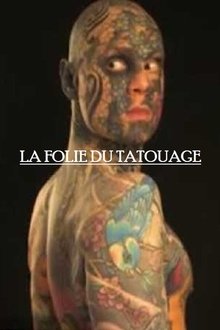Rooster Teeth’s Geoff Ramsey explores the subculture of tattoos and takes a crash course from a master tattoo artist.
Related Movies
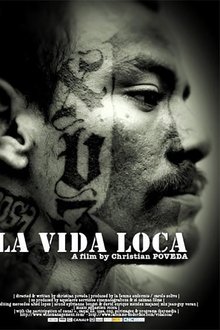
The Crazy Life (2008)
Reflects a depressing and hopeless reality by following some of the members of "la dieciocho", the so-called 18th Street gang in a poor San Salvador neighborhood.

The Scary Guy (2007)
Earl Kenneth Kaufmann is the Scary Guy. Banned and kicked out here and there. Because of his looks. A motivation trainer and speaker who campaigns worldwide to eliminate hate, violence, prejudice, and bullying in schools and corporations. In addition to being a tattoo shop owner, comic, entertainer, inspirational speaker, and performance artist.

The Way of the Ink (2011)
Horitoshi Sensei is one of the last accomplished masters of irezumi, the art of traditional Japanese tattoo. Pascal is a young French journalist specialized in tattoo who discovered Horitoshi’s designs in a magazine and felt in love with them. Although he does not have much money, Pascal decided to go to Tokyo to have all his back tattooed by Horitoshi. When the film starts, he is at his fourth trip, but his tattoo is far from being finished. Pascal is our guide in this travel to discover irezumi.
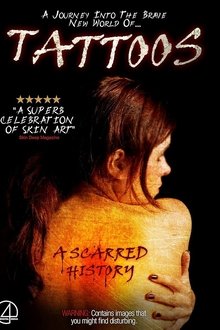
Tattoos: A Scarred History (2009)
An exploration of how the once taboo art form has become socially acceptable.
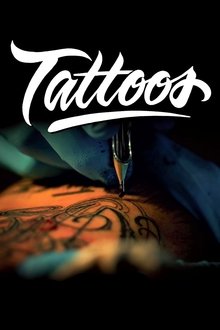
Tattoos: Tous tatoués ! (2013)
How did they migrate from the margin to the masses, from underground to mainstream? Tattoos have now permeated all levels of society, but what does the practice of tattooing actually convey? A remarkable investigation into the powers of tattooing. From Los Angeles to Tokyo, Paris to Amsterdam, the film will intermix personal stories from several key characters.

Connected (2016)
Follow Barbara Dunkelman and Blaine Gibson as they must survive their work, their social lives and the modern world without the comfort of their cell phones in order to explore how our brains change with our use of technology and analyze how we sustain and build relationships in the 21st century.
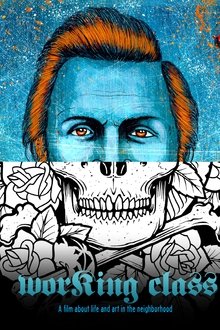
Working Class (2011)
Loosely based on Charles Dicken’s book “A Tale of Two Cities”, Working Class tells the tale of underground street artists Mike Giant and Mike Maxwell and their decade long friendship that started with a tattoo. The story is told through the cities they call home by, cutting back and forth between the neighborhoods of San Francisco and San Diego, as the artists talk about their life philosophies and the work they create.

Signatures of the Soul (1984)
Tattooing — "the world's oldest skin game" — is the subject of this iconic documentary. Writer/director Geoff Steven scored a major coup by signing Easy Rider legend Peter Fonda as his presenter. Travelling to Aotearoa, Samoa, Japan and the United States, the doco traces key developments in tattooing, including its importance in the Pacific, prison-inspired styles, and the influence of 1960s counterculture. Legendary tattooists feature (including Americans Ed Hardy and Jack Rudy), while the closing credits parade some eye-opening full body tattoos.

TATTOO: A Celebration Of Body Art (1994)
Documentary based on interviews during the Birmingham Tattoo Convention in the early '90s.
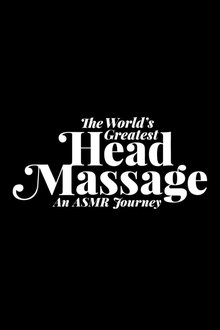
The World's Greatest Head Massage: An ASMR Journey (2016)
Two men fly to India to search for Baba, the "Cosmic Barber of Pushkar," whose famous "World's Greatest Head Massage" videos gave them both tingling ASMR sensations.
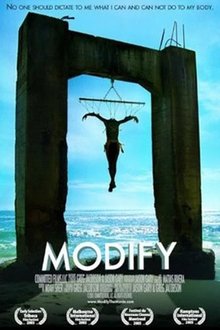
Modify (2006)
Stories of people who regard augmenting their bodies as a way of life, whether for artistic reasons or out of pure vanity.
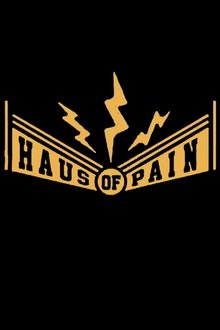
Haus of Pain (2017)
A professional gamer teams up with a coworker to fulfil his childhood dream of becoming a pro-wrestler.
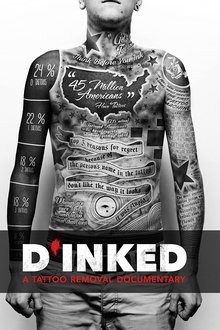
D'Inked: A Tattoo Removal Documentary (2017)
D'Inked is a documentary about the development of laser tattoo removal technology and how it has changed the culture of tattoos. The film follows a man named Jake on his 5-year journey through the process of removing a full color half sleeve tattoo. The film also features interviews with prominent figures in the tattoo and laser removal communities discussing the technological, physical and ethical realities of removing what has always been considered a definition of permanent.
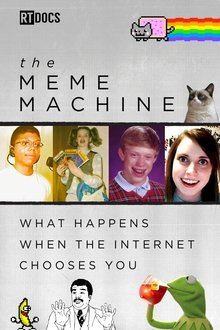
The Meme Machine (2016)
An exploration of the origins of memes, how they spread, and the stories behind some of the most popular “human memes” like Ermahgerd Girl, Overly Attached Girlfriend, and Chocolate Rain Guy.

Strange Life: The Breech (1998)
A collection of footage and interviews with strange people and their exploration into the unusual and extreme side of body modification.

Suspension: The Ultimate Body Experience (1999)
A look into the world of body piercing and suspension and the people who do it.

Becoming Jessica Nigri (2018)
A portrait of cosplayer Jessica Nigri, from a magical childhood growing up with quirky parents in New Zealand, to entering middle school in the U.S. where she was mercilessly teased for her "nerdy" interests.
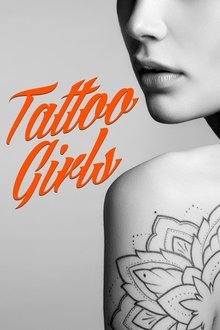
Tattoo Girls (2018)
Tattoo girls is a memoir of life as it is and of women as they are. A window to the lives of seven women from the same city where nothing is exactly as it seems and reality is often hidden behind illusions. It's a female centric-film showcasing about a group of ordinary women (within a range of ages), and their different styles of daily life, showcasing their stories and the impact they have on society as real, everyday women. We are living in a era of the importance and empowerment of women throughout the world, and this documentary aims to convey ideas and topics to be felt, absorbed and discussed.

Tattoo (1975)
A documentary film based on the art of tattooing, tattoo artists and their clients, with interviews exploring the fascination for, and the reasons behind, choosing to be tattooed. The film builds up to long climactic scene, often since replicated in other films on the subject, featuring tattooed bodies displayed as art objects.
